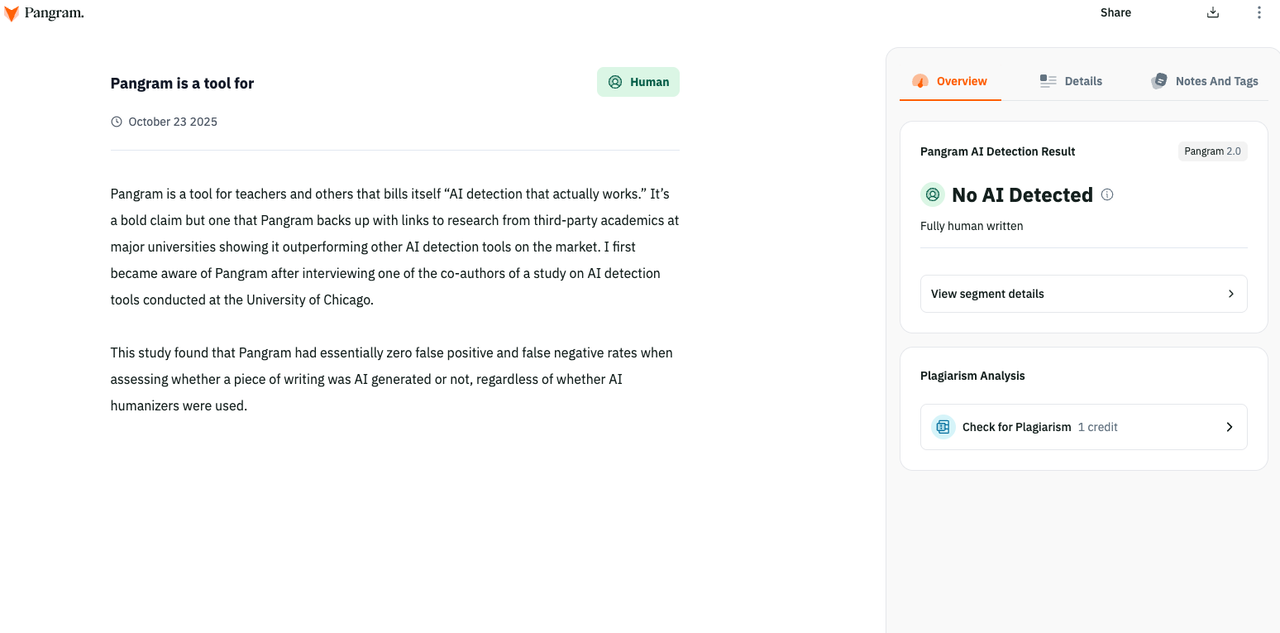We've heard from a number of our readers who find this kind of Q&A interaction between parents and experienced college counselors/consultants helpful in learning more about the admissions process. So in a few weeks here, we hope to launch a similar feature with local Bay Area counselors and admissions consultants. More later, stay tuned!
Q: My daughter is a senior from a public school with a class size of 589. She has a 4.0 GPA with mostly advanced and AP classes, except required classes. She has an SAT of 2,250, ACT 36. So she is a National Merit finalist, President Scholar candidate, and a winner of MI Southeast Conference All Academy Award (only five students in her school win). She is a cellist in symphony orchestra and a varsity crew member on the rowing team.
Yet she was rejected by four Ivy schools and put on the waiting list for the University of Chicago. What went wrong? Her counselor was stunned by her rejection. What should she do to get off the waiting list?
Also, does a parent’s call to the admissions office help or hurt?A: Your daughter sounds like a terrific scholar, musician, and athlete. The world of selective college admissions is so hyper-competitive that trying to read the tea leaves about why decisions were rendered is almost impossible.
The Ivy League and highly selective schools admit anywhere between 8 and 15 percent (roughly) of their applicant pools. Unfortunately they are unable to admit literally thousands upon thousands of highly qualified applicants. We often think, “What else could these students possibly do?” Thankfully, there are a number of wonderful college options which, in our mind, offer the same type of educational and extracurricular experiences. Gender does play a role and it is simply more competitive for young women at most places these days.
In terms of pursuing her wait-list offer, she should send an e-mail to the regional admissions officer stating her strong and unqualified interest (being straightforward and unequivocal: if admitted I will enroll, etc). We also think it is important to send a letter to the admissions office with any recent accomplishments. In the letter it is helpful for the admissions committee to be able to discern genuine interest by reiterating why you think the school would be such a good match.
In terms of a phone call, I would leave that to your daughter and her guidance counselor. We would certainly address all information to the regional admission officer who oversees your daughter’s school with a “hard copy” to the person who signed her letter offering her a spot on the wait list.
In this situation, it may also help to have an additional letter of recommendation sent. Maintaining and sustaining that interest is important, but being relentless (annoying) gets you nowhere. We wish you both the best.





